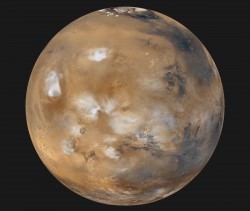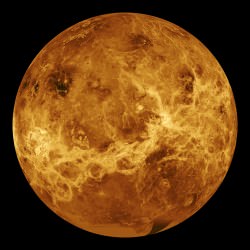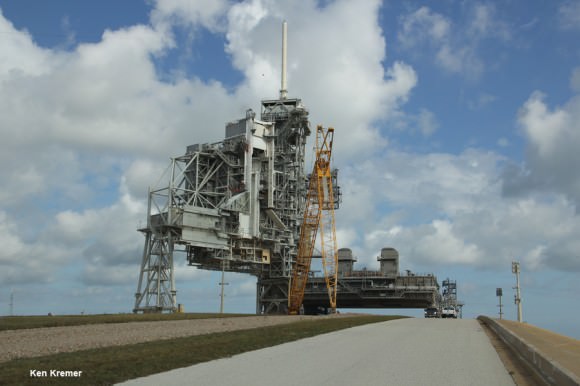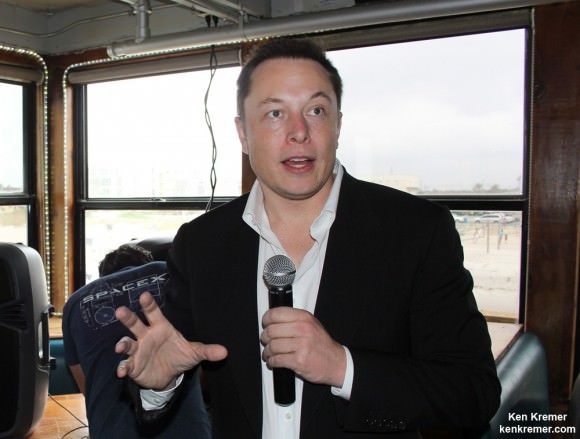When humans finally blast off for another world, where will we be going? Will we return to the Moon, and take over where the Apollo astronauts left off, or will we press onto Mars, and set foot on a whole new planet?
Humanity is going to need to make a difficult choice in the next few years. One that will have implications for the very future of space exploration: classic Star Wars or the new Trilogy? Star Trek fans feel your pain.
But also, we’ll need to figure out whether we should push on with the human exploration of Mars, so that Mark Watney can fulfill his potato destiny, or return to the Moon and build Moonbase Alpha. It’s surprisingly difficult to choose.
First, the case for the Moon. Obviously, the Moon is close. It’s just a few hundred thousand kilometers away, and it only takes astronauts a few days to get there, land on the surface and continue our scientific exploration of this world – which we still know very little about.
Why is the far side so different from the near side? Are there lava tubes and even vast underground caverns that future colonists could live in? It would be great to get more geologist boots on the regolith to find out.
Although it’s expensive, going to the Moon could eventually pay for itself. There are vast reserves of Helium-3 just sitting on the surface of the Moon. This material is rare on Earth, and could be used for future fusion energy planets. Not to mention other valuable minerals and elements that might just be lying around, ready for collection and used for space-based manufacturing.
The Moon makes sense as a testing ground, for humanity to perfect the techniques of surviving and thriving off planet Earth. If we can make it there, then we stand a chance of going the distance as a true interplanetary species.
The big problem with the Moon is that it’s completely inhospitable to human life. There’s no atmosphere, no protection from the Sun’s radiation, enormous temperature variations and a gravity so low it could be lethal over the long term.
The lunar regolith is like tiny shards of glass that would get everywhere, into everything, and be a constant danger to anyone living on the Moon.You couldn’t imagine a worse place to live.
The Moon is close but it sucks, what about Mars? Mars is much much farther than the Moon; the average distance to Mars is about 225 million kilometers.

This means that a journey to Mars with even a short visit to the surface will take the better part of 2 years. Astronauts will be beyond any kind of rescue and completely reliant on their spacecraft and supplies for that entire journey.
During their voyage, they’ll be bombarded with radiation from the Sun and there’ll be no protection on the surface on the planet either, because Mars doesn’t have a global magnetosphere like Earth.
But once they do get to Mars, they’ll have a world that’s much more earthlike. The temperatures are extreme, but can be reasonable at the equator, in the middle of the day. There’s a slight atmosphere, and stronger gravity – maybe your bones won’t waste away if you spend too long there.
To say there’s science to be done on Mars is an understatement. There are so many different terrains, with different geologic features. There’s the outstanding question of whether there was ever life on Mars, and if it’s there now. We’d really like to know the answer.
The Martian regolith is smoother and safer than the lunar version, having been weathered down by wind over millennia. It would still get everywhere, but it wouldn’t give you lung disease.
We now know there are vast reserves of water under the surface of Mars, and astronauts will be able to use this for all kinds of projects, like growing plants, drinking water, breathable atmosphere and even rocket fuel.

Sending humans to Mars is much more complicated and expensive than sending them to the Moon, and the level of space-based infrastructure would be much greater. Assuming we did this right, we’d have much more technology and a stronger presence in space.
Both Mars and the Moon have their pros and cons, but there’s another world that you might want to consider: Venus.
Although Venus is mostly a terrible hellscape, completely worthless down on the surface, where it’s hot enough to melt lead, and the atmospheric pressure is as bad as being a kilometer under the ocean. Did I mention it rains sulphuric acid?
But high up in the cloud tops of Venus, around 50 km altitude, the evil planet becomes downright habitable. You wouldn’t need to wear a spacesuit to regulate the delightful room temperature atmosphere. And you wouldn’t need a pressure suit, because it’s already perfect Earth pressure. You would, however, still need to worry about the sulphuric acid rain. And unless you’ve evolved to breathe carbon dioxide, you’ll need to keep a supply of oxygen handy.
NASA has already proposed sending dirigibles to Venus, filled with our breathable atmosphere for buoyancy, to explore. So maybe the next planet we set foot on, will be the one that we can never set foot on. Hmm, that sounded better in my brain.
You know what, I can’t choose. We should go back to the Moon, we should send humans to Mars, and we should explore Venus too. No matter where we go in the Solar System, it’s going to be an enormous undertaking. We’re going to need to develop new technologies, and risk the lives of everyone involved. But the rewards will be great, moving us one huge leap towards becoming a true interplanetary species.
So now it’s time for you to decide. The fate of humanity rests on your shoulders. Should we press on to Mars, or focus our energy on the Moon or even Venus? Give us your suggestions in the comments below.





